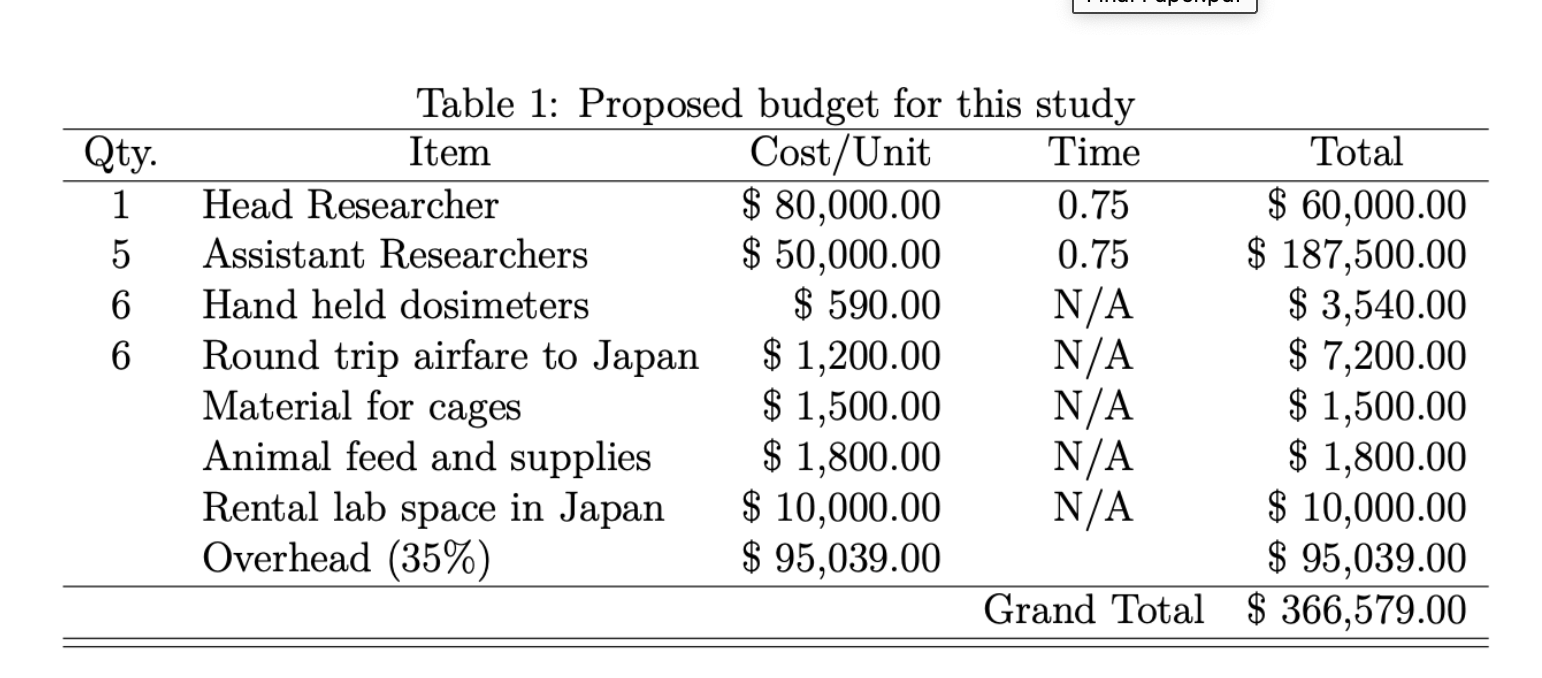One should never get the impression that just one chemical is at fault for the epidemic of chronic disease among children and adults in this nation; rather, it is the combined impact of many toxic chemicals on our collective health.
The New York Times recently ran an excellent article detailing the story of rampant pollution with one such chemical — PFOA — from one of many chemical companies — DuPont. It is shocking that DuPont employees appear to have been completely at ease with poisoning multitudes. It was only when one tenacious lawyer found damning evidence that they had being doing so deliberately, with full knowledge of the potential damage, that their feathers were ruffled.
What follows is a short excerpt.
Every year Rob Bilott writes a letter to the E.P.A. and the West Virginia D.E.P., urging the regulation of PFOA in drinking water. In 2009, the E.P.A. set a ‘‘provisional’’ limit of 0.4 parts per billion for short-term exposure, but has never finalized that figure. This means that local water districts are under no obligation to tell customers whether PFOA is in their water. In response to Bilott’s most recent letter, the E.P.A. claimed that it would announce a ‘‘lifetime health advisory level for PFOA’’ by ‘‘early 2016.’’
This advisory level, if indeed announced, might be a source of comfort to future generations. But if you are a sentient being reading this article in 2016, you already have PFOA in your blood. It is in your parents’ blood, your children’s blood, your lover’s blood. How did it get there? Through the air, through your diet, through your use of nonstick cookware, through your umbilical cord. Or you might have drunk tainted water. The Environmental Working Group has found manufactured fluorochemicals present in 94 water districts across 27 states (see sidebar beginning on Page 38). Residents of Seattle; Wilmington, Del.; Colorado Springs; and Nassau County on Long Island are among those whose water has a higher concentration of fluorochemicals than that in some of the districts included in Rob Bilott’s class-action suit. The drinking water in Parkersburg itself, whose water district was not included in the original class-action suit and has failed to compel DuPont to pay for a filtration system, is currently tainted with high levels of PFOA. Most residents appear not to know this.
Where scientists have tested for the presence of PFOA in the world, they have found it. PFOA is in the blood or vital organs of Atlantic salmon, swordfish, striped mullet, gray seals, common cormorants, Alaskan polar bears, brown pelicans, sea turtles, sea eagles, Midwestern bald eagles, California sea lions and Laysan albatrosses on Sand Island, a wildlife refuge on Midway Atoll, in the middle of the North Pacific Ocean, about halfway between North America and Asia.
‘‘We see a situation,’’ Joe Kiger says, ‘‘that has gone from Washington Works, to statewide, to the United States, and now it’s everywhere, it’s global. We’ve taken the cap off something here. But it’s just not DuPont. Good God. There are 60,000 unregulated chemicals out there right now. We have no idea what we’re taking.’’
Bilott doesn’t regret fighting DuPont for the last 16 years, nor for letting PFOA consume his career. But he is still angry. ‘‘The thought that DuPont could get away with this for this long,’’ Bilott says, his tone landing halfway between wonder and rage, ‘‘that they could keep making a profit off it, then get the agreement of the governmental agencies to slowly phase it out, only to replace it with an alternative with unknown human effects — we told the agencies about this in 2001, and they’ve essentially done nothing. That’s 14 years of this stuff continuing to be used, continuing to be in the drinking water all over the country. DuPont just quietly switches over to the next substance. And in the meantime, they fight everyone who has been injured by it.’’ (Rich 2016)
Rich N. 2016. The lawyer who became DuPont’s worst nightmare. The New York Times, Jan 6. Available at http://www.nytimes.com/2016/01/10/magazine/the-lawyer-who-became-duponts-worst-nightmare.html?smid=nytcore-ipad-share&smprod=nytcore-ipad&_r=0












